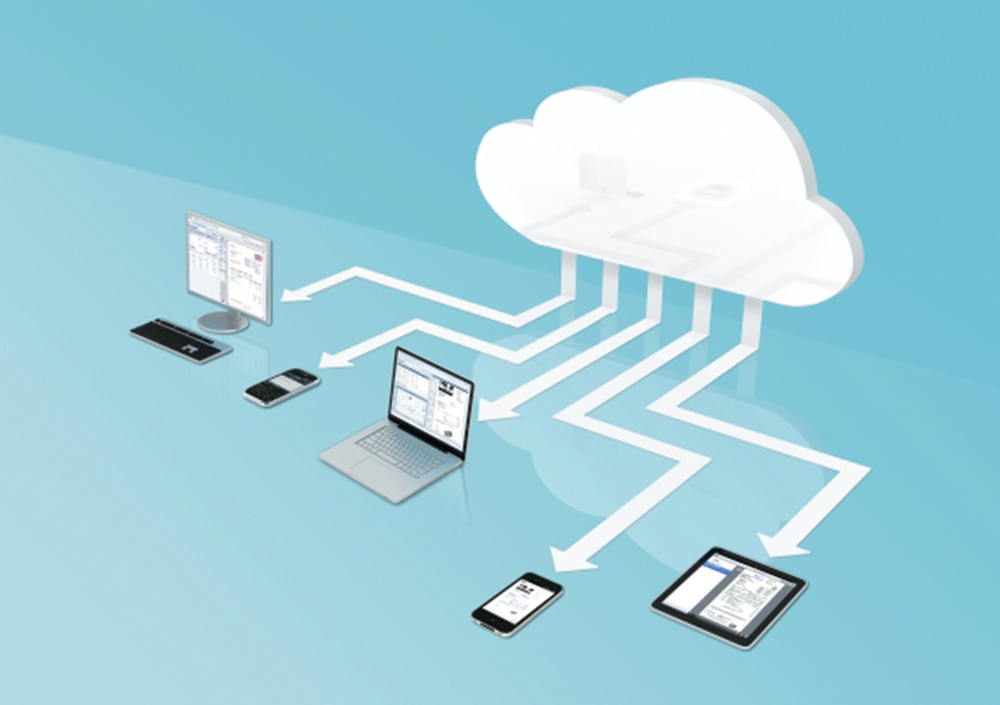Firm Management
Which Portal is Right for Your Firm?
One of the real challenges associated with selecting portal solutions is the way the product fits into a company’s workflow. We selected eleven portal products for this year’s review (and could have easily located and reviewed 50 solutions, assuming unlimited money and caffeine were available).
Mar. 27, 2013

From the April 2013 digital issue.
One of the real challenges associated with selecting portal solutions is the way the product fits into a company’s workflow. We selected eleven portal products for this year’s review (and could have easily located and reviewed 50 solutions, assuming unlimited money and caffeine were available).
The products selected for review by no means represent a comprehensive listing of hosting providers, but instead are a cross-section of the many services available in this emerging category. The review also includes standalone “best in breed” applications which are focused primarily on file storage and exchange, including ShareFile, CPA SafeMail, FileGenius, SendThisFile, and SmartVault without being part of comprehensive suite of practitioner tools like the offerings from CCH or Thomson Reuters.
Some solutions like Ziptr really represent a proprietary secure messaging platform which happens to send files instead of a more traditional file sharing application.
CPA Practice Advisor’s 2013 review of portal solutions covers the following applications:
- ProSystem fx Portal
- Citrix ShareFile
- CPA SafeMail V 3.1
- FileGenius
- SmartVault
- NetClient CS
- Ziptr v2.2
We also included a separate sidebar article on portal tools which are integrated into other products. XCMportal, Office Tools Professional 2013, and the Doc.It Suite are portal services which are only available to users of these document and workflow management solutions.
Unlike previous reviews which focused on how many “stars” were given to a particular product, this review will instead focus on the features of each product. We will attempt to help users identify strengths and possible limitations associated with each product, and will also include links where interested parties can learn more about each product.
There are a wide range of differences between the various applications, and the software is designed to meet very different needs. Some of the interesting points from each of the individual articles include:
- Many of the applications will synchronize directories of files from local servers into the cloud (or vice versa) similar to a backup while also integrating with the organization’s internal Windows server user database (e.g. Active Directory).
- Other applications, like Citrix ShareFile or SmartVault are designed to work with a wide range of solutions, albeit with shallower integration than one might obtain from solutions which are purpose built for an extremely high level of interoperability.
- Some suites of products (CCH and Thomson Reuters) provide a two-way integration with one product line, and a lower level of integration with other products from the same vendor. For example, CCH’s ProSystem fx portal product has bidirectional integration with ProSystem fx Tax, but does not provide integrated support for products from CCH Small Firm Services such as TaxWise and ATX.
- CPA Safe Mail is one application which has an optional electronic signature tool which uses Adobe’s EchoSign digital signature technology.
- SmartVault is the only tool reviewed which allows clients to attach documents to transactions in QuickBooks or QuickBooks Online and simultaneously grant access to outside accounting professionals.
- Finally, Ziptr is a secure messaging application which can be used to transmit encrypted files and messages while also also storing an encrypted copy of the information in the user’s message archive.
Almost all of the solutions are hosted in enterprise-grade commercial data centers, however one solution (Doc.It Suite) provides the ability to host portals on an internal server. Many of these hosting companies have external security reviews (SOC 1, SOC 2, SOC 3, ISO 27001, etc.) which are available to users upon request.
We encourage users to obtain and read these reports when evaluating the risks and benefits of selecting a provider. Users should also consider which tools their employees and clients are most likely to be a positive (or at least neutral) extension of the service experience provided by your firm.
